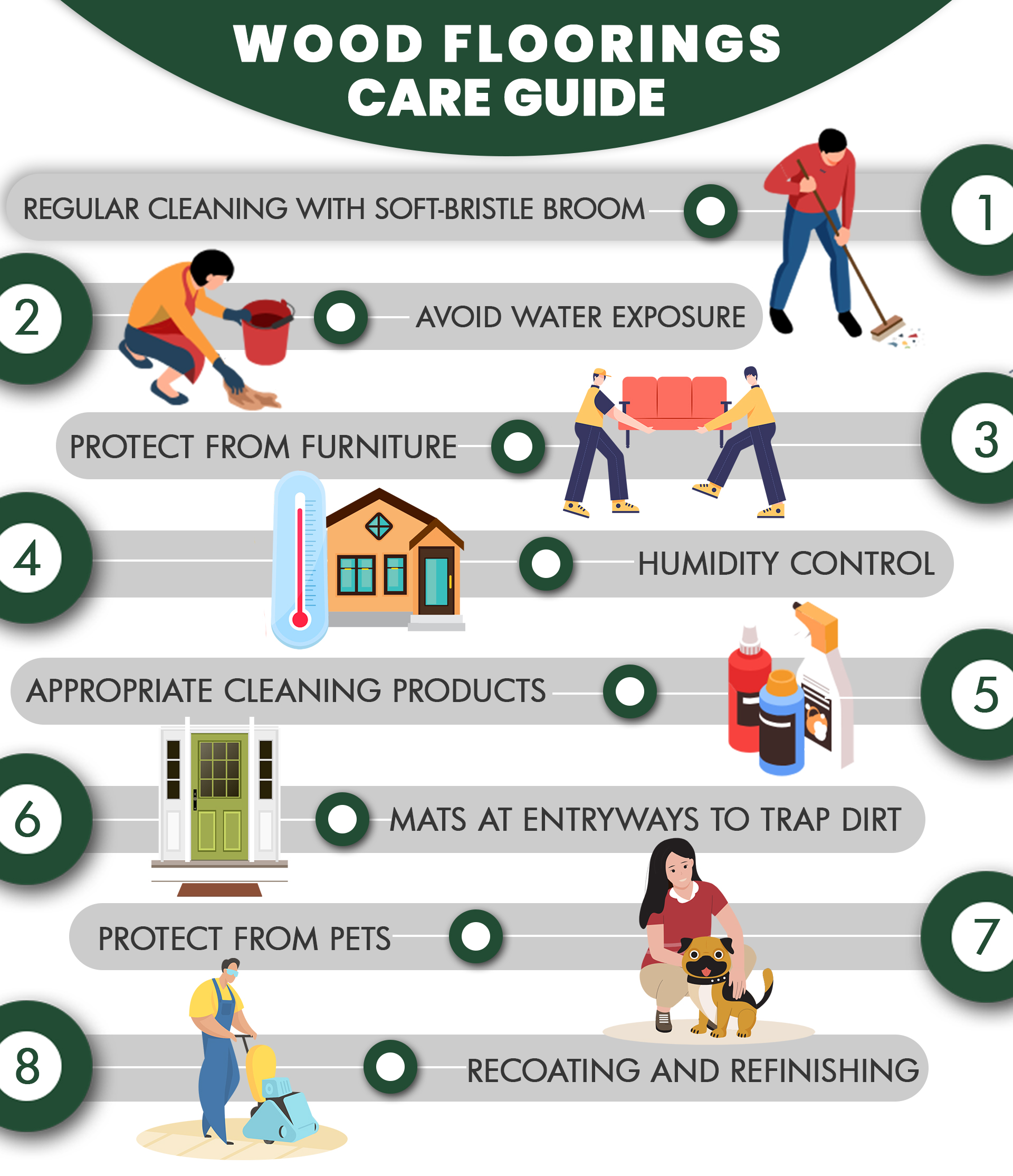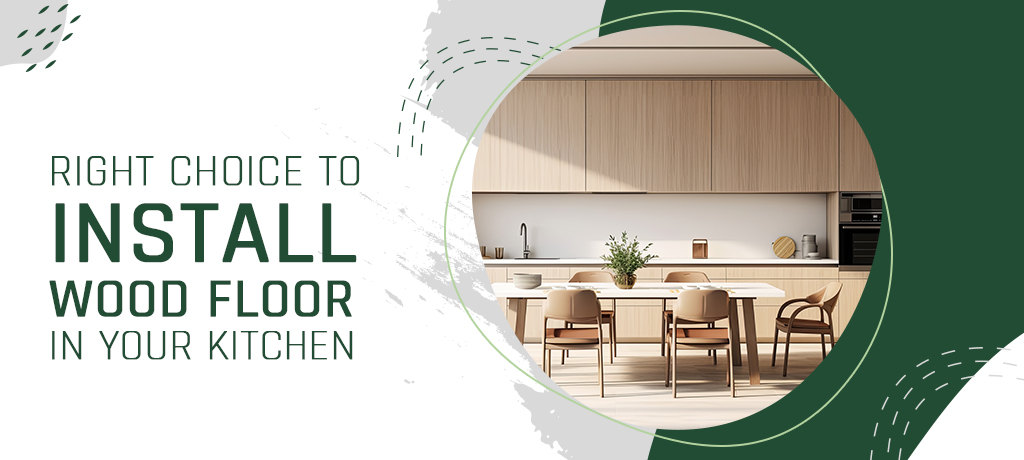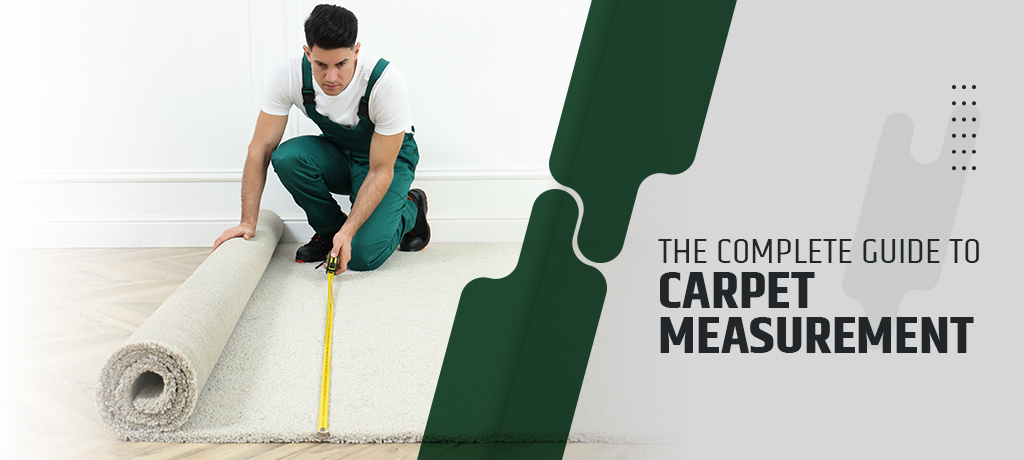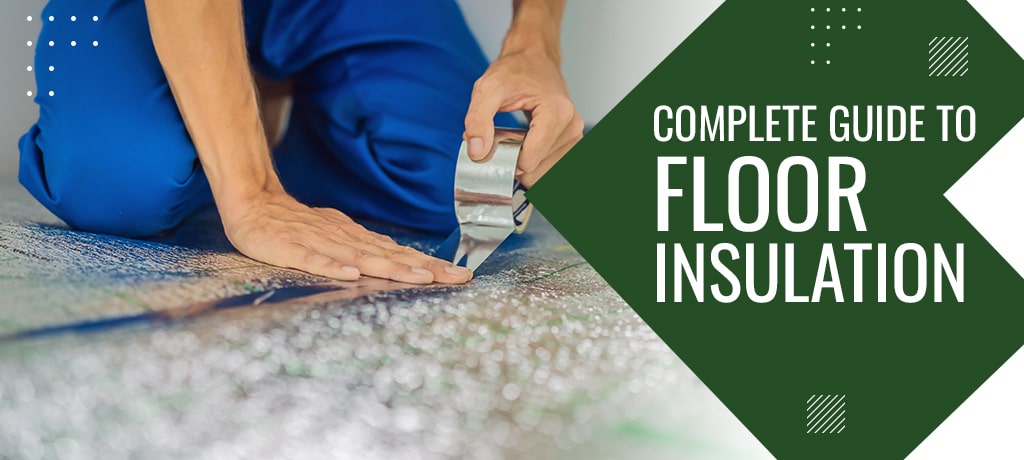Are you looking for a durable flooring option for your kitchen? If yes, wood floors are a good choice due to their design and improved look. Whether cooking, living or dining in this room, wood flooring is aesthetically pleasing and long-lasting. Besides, they are easy to maintain, stain resistant and can handle moisture well.
Solid wood and engineered wood flooring – Know the difference
Solid wood flooring, also called hardwood flooring, is made from one piece of wood from the top to the bottom so that it can be refinished several times. Unfinished solid wood can have stains in place, but factory-finished wood floors are prefinished so that they can be walked on immediately without any drying time after installation.
The most popular hardwood species is red oak, which is readily available and affordable. White oak is a good choice because it takes lighter stains without pinkish undertones that show through on red oak. Other wood types are walnut and maple, which are currently out of trend.
Engineered wood floorings have seven to ten layers of thin sheets of wood that are adjusted together, with grain in several directions for stability. It is then finished with a top layer of wood. This construction process decreases the expansion and contraction that occurs with solid wood due to changes in environmental conditions like humidity levels, which fluctuate throughout the year.
Solid wood versus engineered wood – Which is a better flooring option?
Several factors need to be taken into account when determining the right kind of flooring option for your home. When opting for solid wood flooring, the areas may wear away differently on hardwood flooring in due course. However, solid wood flooring may be refinished several times, and it only needs a little sanding to get back to smooth wood.
You typically find wear marks infrequently in the finish on wood, and you may refinish some types of wood floors at least once or twice. Ideally, choose engineered wood floorings that have a 5 to 7 mm wear layer on the top. For a wood floor with a bevel between the pieces, make sure the bevel is not visible after refinishing and sanding. Finally, wood flooring is a suitable way to achieve a popular wide plank look with 6 inches or broader planks.
4 Things to know for installing a wood floor in the kitchen
Here are 4 things to consider when installing wood flooring in your cooking space.
1. Know why wood is a popular option
Wood is an excellent choice for the cooking space to create a seamless surface between the kitchen and dining room. Homeowners like this consistent look to the start and stop feel of different flooring in the adjacent rooms. Besides, wood, like ceramic or porcelain, has a warm, soft sensation for the underfoot, which can be uncomfortably cold in barefoot. As the kitchen is a spill-prone area, it is essential to consider the possible downsides of wood before installing it in this room.
2. Wood and water do not combine
When wood gets saturated, it can wrap, swell or spit. A dishwasher leakage which remains undetected for some time may cause damage to a section of hardwood flooring. Having splashes poses fewer risks, and when the spills are rare, you will be aware of the state of your kitchen appliances. The wood kitchen floor should appear fine till it gets polyurethane sealant every four to six years to maintain a higher level of water resistance.
3. Comparison between prefinished and unfinished planks
You can install wood flooring by purchasing prefinished planks that provide a finished floor when nailed down. Now, when it comes to the kitchen, prefinished flooring is not a preferred choice. Prefinished planks usually have somewhat bevelled edges that give the flooring a finished look, though these bevels make tiny tracks between the boards that let spills run down between the planks. Though it involves additional work, choose unfinished planks which are completely flat for your kitchen. After installing the planks, the entire surface should be stained, sanded, and sealed. It provides a uniform, smoother surface, seals the gaps between boards, and protects the flooring against spills.
4. Restore and seal your floor
A suitable sealant creates the difference between wood flooring that can withstand spills and traffic in a kitchen. Water-based and oil-based sealants are there for kitchen purposes to ensure maximum protection. The downside to applying oil-based sealant is the longer drying time, some requiring almost 24 hours before walking on the floor.
How wood flooring scratches or dents easily
The hardness of solid wood flooring is measured based on the Janka scale, which denotes how well a species of wood can resist dings. For example, red oak is 1290, while white oak is 1360 on the Janka scale. In the case of cross-reference, a soft wood such as pine is 870, so it can dent easily. Regardless, treating the floor with a little TLC is necessary by putting felt slides on furniture and placing rugs in entryways. It can prevent grit from getting tracked in. The ding will only appear slightly when something falls on the hardwood floors. But when you drop something weighty, you could gouge the wood.

Wood floorings – How to take proper care
Your floors will appear much better despite the material they have with daily cleaning. Take a broom with exploded tips, a microfiber mop and disposable electrostatic cleaners to pick up grit regularly so it does not scratch the floor. You can use the vacuum’s hardwood floor head but not the beater bar, as it causes damage to the surface.
It would help if you tried wiping up spills or pet accidents using a damp cloth immediately. Make sure you do not use mops or steam cleaners. Sticking the cleaning product according to your manufacturer’s instructions is advisable. Natural products include vinegar and lemon juice as DIY cleaners but are acidic, which may dull the finish over time. Take the help of professionals for your kitchen wood floor installationand get it done successfully so that it may last for a long time.




